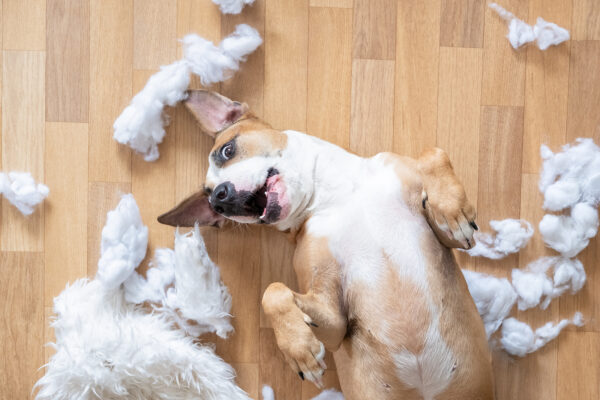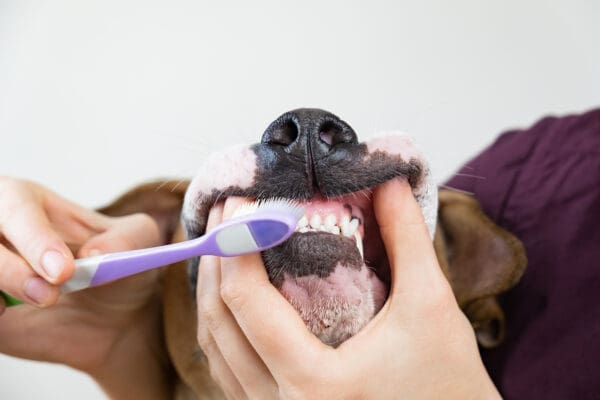
11401 NE 195th St. Bothell, WA 98011
(425) 486-9000 PHONE (425) 486-9002 fax
Many exotic pets, from hedgehogs to bearded dragons, need to eat insects as a large part of their diet. The nutritional quality of these insect food items can vary significantly, depending on how they are raised and fed. While you can purchase insects in small numbers as needed, it is more economic and more nutritious for your pet to raise the insects and feed them yourself at home.
Available Insect Species
There are a large number of insect species commercially available to feed to your pet. Mealworms and their adult form, grain beetles, crickets, horn worms, phoenix worms, super worms, silk worm larvae, roaches of various types, and wax worms are all available in stores or online for feeding. The best diet for your insectivorous animal is a varied diet to ensure a broader nutritional value, so we recommend feeding several species of insect if possible. It is important to note that insects can carry parasites, although the risk is lower if they are sourced from a reputable dealer. Insect eating animals should be checked for parasites as part of their routine medical assessment.
Base Diet
The container where you keep your insects should contain a substrate that also serves as a base diet for the insects to eat. There are a wide number of possible combinations and mixes available commercially, with varying qualities. Chicken Layer Pellets or Crumbles are often recommended as a good base diet to supply insects with the building blocks they need to feed your pet.
Supplying moisture to the insects is also important. A piece of damp sponge in a yogurt container is a good source for most insects. Alternatively, you can provide a commercially available rehydrated water crystal product. Do not allow the base substrate to get wet, as that may lead to mold growth.
Fresh Food Supplementation
While the substrate is the main part of the insect’s diet, adding supplemental items to bring in moisture and other nutrients is also very important. Vitamin A rich foods are useful additions. Some examples include squash, carrots, spinach, sweet potatoes and kale. Dark, leafy greens like spinach serve a dual purpose, in that they also have higher calcium levels than some other options. Throw in a few pieces of different fresh food items for the insects weekly, replacing them as often as they are eaten up or dry out completely.
Dusting
Dusting insects fed to reptiles and amphibians with vitamin and mineral supplements can help increase their nutritional value. Although this is not an adequate substitute for appropriate gutloading, it plays an important role in meeting the nutritional needs for many species. A calcium supplement with no added phosphorous or Vitamin D3 is usually recommended as the primary supplement for reptiles and amphibians. Although vitamin supplementation is also important, it is easy to overdose fat soluble vitamins such as A and D. Consult with your veterinarian before adding a vitamin supplement to your feeding regimen.
It is important to dust the insects immediately prior to feeding them, as insects will shake off most of the powder very quickly. If the insects are not eaten right away, dusting will not be an effective method of providing vitamins and minerals to your pet. We recommend removing any uneaten insects from your pet’s enclosure if they have not been consumed within 30 minutes.
March 30, 2015
Content of this Care Sheet Courtesy of:
The Center for Bird and Exotic Animal Medicine
11401 NE 195th St. Bothell, WA 98011
(425) 486-9000 PHONE (425) 486-9002 fax



